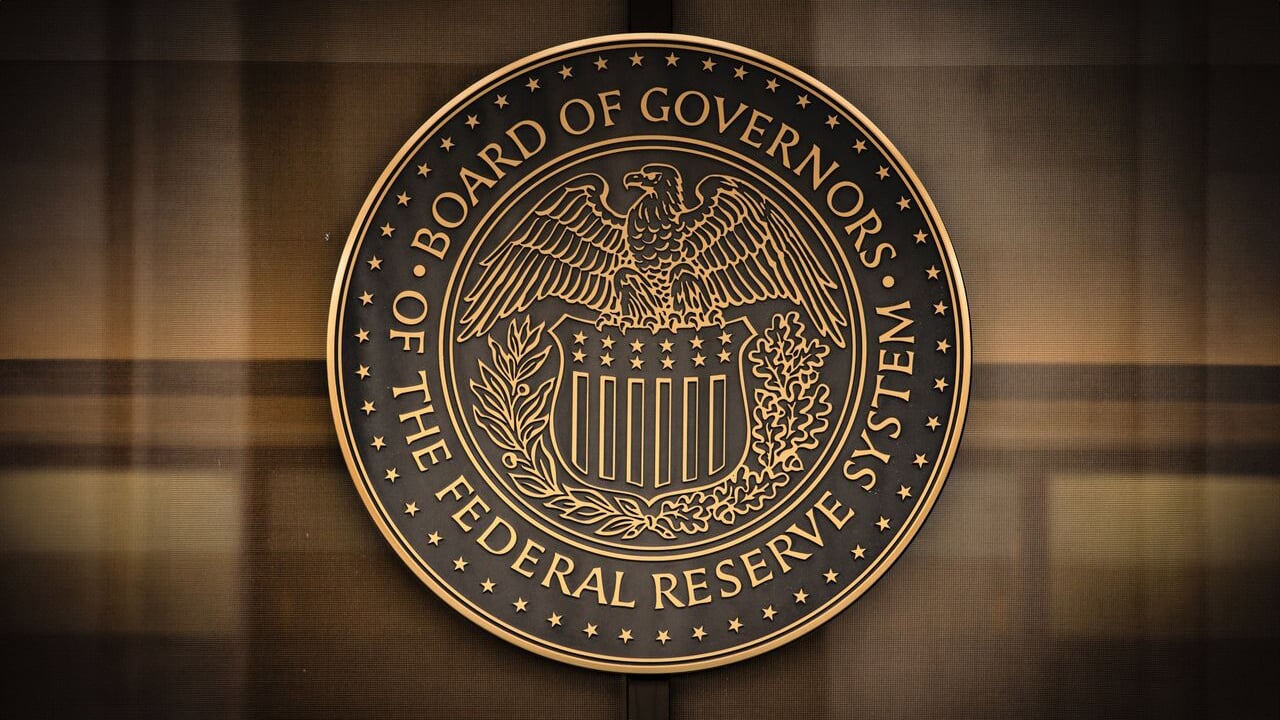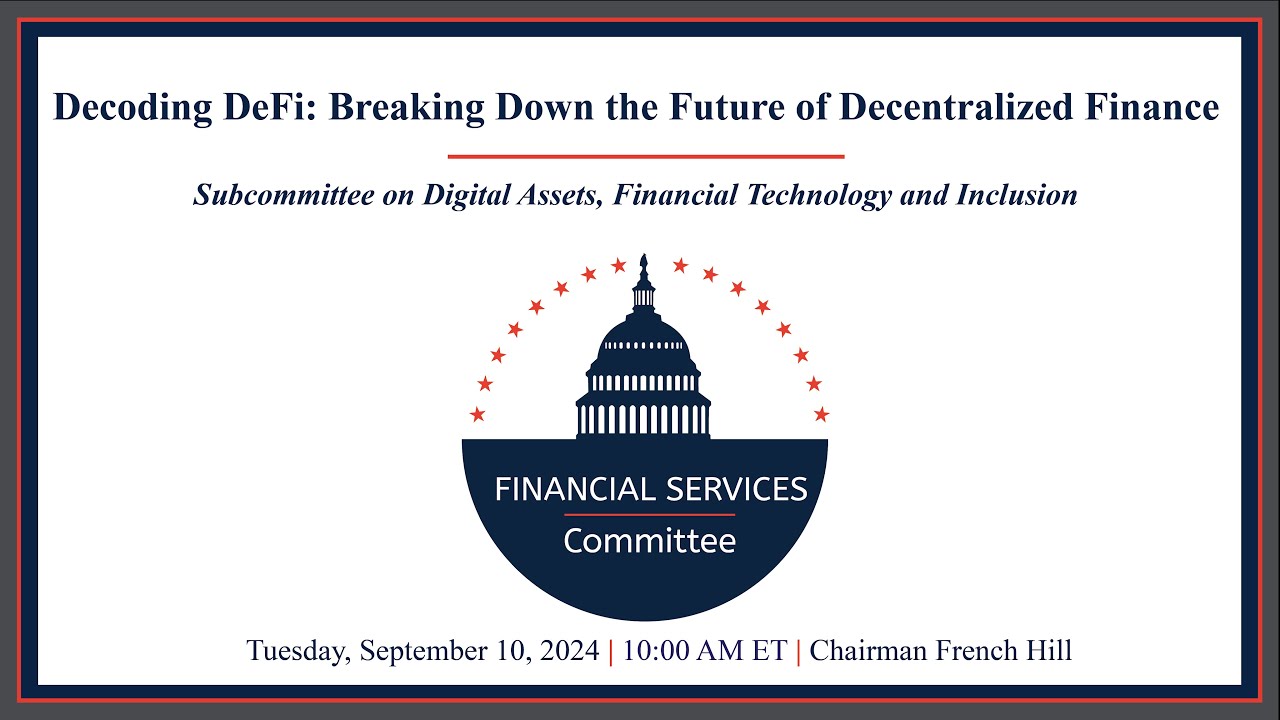The attack on crypto by central banks is an attack on the monetary freedom and true property rights of billions of people around the world. Cryptocurrency has the potential to revolutionize global finance, with its decentralized, borderless, and trustless nature, allowing for greater financial inclusion and access to financial services for those who are unbanked or underbanked. Central banks, however, are threatened by the potential of cryptocurrency to disrupt their monopoly on the creation and control of money and have moved to stifle its progress. This attack on monetary freedom and true property rights will have a devastating effect on billions of people who stand to benefit from the potential of crypto.
Central Banks’ Attack on Cryptocurrencies: A Threat to Individual Liberty
The recent attack by central banks on cryptocurrencies is a threat to individual liberty. Cryptocurrencies offer users the opportunity to gain financial independence, away from the reach of central banks. The decentralised nature of cryptocurrencies is one of their key attractions, and the ability to remain anonymous also appeals to many. Central banks, however, have been taking steps to clamp down on the use of cryptocurrencies. This has been achieved through various measures such as increasing regulation, banning certain activities, and even attempting to prevent individuals from trading in cryptocurrencies. The goal of these measures is to protect the existing monetary system and ensure the stability of existing financial systems. While it is understandable that central banks want to protect their own interests, it is clear that such actions are a threat to individual liberty. Cryptocurrencies offer users the ability to make financial transactions without the interference of central banks. This freedom is incredibly important for those that value their privacy and want to remain independent from traditional financial systems. Central banks’ attack on cryptocurrencies is also a threat to innovation. Cryptocurrencies are still in their infancy, and there is a great potential for future development. However, the increasing restrictions imposed by central banks make it difficult for new technology to emerge and further develop. Ultimately, central banks’ attack on cryptocurrencies is a threat to individual liberty. While there are legitimate reasons for central banks to want to protect the existing financial system, the steps taken to do so should not be at the cost of individual freedom. Cryptocurrencies offer users the opportunity to gain financial independence and should be allowed to develop and grow without excessive interference.
Central Banks vs. Cryptocurrency: An Analysis of the Economic Impact
In recent years, the emergence of cryptocurrency has posed a challenge to traditional monetary systems and central banks. Cryptocurrency, such as Bitcoin, is a digital asset designed to work as a medium of exchange using cryptography to secure financial transactions and control the creation of additional units. This decentralized form of money has been gaining traction due to its ability to circumvent government regulation as well as its potential to provide a secure, low-cost, and transparent payment system. In order to understand the economic impact of cryptocurrency on central banks, it is important to first understand how central banks operate. Central banks are responsible for maintaining financial stability in their respective countries by regulating the money supply, controlling interest rates, and overseeing the banking system. They have the ability to print money, lend money to banks, and even purchase foreign currencies. Their primary goal is to ensure the stability of the economy by monitoring inflation and employment levels. In contrast, cryptocurrency does not rely on a centralized authority for its regulation or control. Instead, it is based on a distributed ledger system, known as a blockchain, which is maintained by a network of computers. This system allows users to securely transfer funds without relying on any third-party intermediary. Furthermore, cryptocurrencies are not subject to the same regulations as traditional currencies, making them attractive to investors. The economic impact of cryptocurrency on central banks is complex and far-reaching. On one hand, the decentralized nature of cryptocurrencies can potentially increase competition among financial institutions, which could lead to lower costs and improved access to financial services. On the other hand, the lack of government regulation and oversight can potentially lead to increased volatility and risk in the market. In addition, the lack of regulation creates the possibility for money laundering and other illegal activities. Cryptocurrency also has an impact on central banks’ abilities to control inflation and monetary policy. Since cryptocurrencies are not subject to government regulations, they can be used to circumvent traditional monetary policies, such as quantitative easing and the manipulation of exchange rates. This could potentially lead to significant economic disruptions, such as rapid inflation and deflation. Overall, the emergence of cryptocurrency has created both opportunities and challenges for central banks. While it has the potential to provide more efficient and cost-effective payment systems, it also poses risks to the stability of the economy. Central banks must carefully monitor developments in the cryptocurrency space in order to ensure the stability of the financial system.
Central Banks and the Unprecedented Attack on Cryptocurrencies
In the past decade, cryptocurrencies have become increasingly popular as an alternative form of payment, with digital currencies like Bitcoin and Ethereum gaining widespread recognition. However, the rise of cryptocurrencies has not gone unnoticed by central banks, which have responded with an unprecedented attack on digital currencies. Central banks have raised numerous concerns about the potential risks of cryptocurrencies. Chief among these is the potential for money laundering and other criminal activities since digital currencies are largely unregulated and decentralized. There is also the risk of price volatility, since the value of cryptocurrencies can fluctuate significantly in a short period of time. Finally, there is the risk that digital currencies could destabilize traditional financial systems, since they are not subject to the same regulations and oversight as traditional currencies. In response to these concerns, central banks have taken a number of measures to try to limit the growth of cryptocurrencies. These have included imposing restrictions on the purchase and sale of digital currencies, banning certain types of transactions related to cryptocurrencies, and introducing regulations to better monitor and control the use of digital currencies. Central banks have also sought to educate the public about the potential risks of cryptocurrencies. For example, the European Central Bank has published a series of reports on the risks associated with digital currencies and has warned consumers to be wary of scams and other fraudulent activities associated with them. While these measures may help to curb the growth of cryptocurrencies, they are unlikely to eliminate the risk of money laundering and other illegal activities associated with digital currencies. As such, central banks and other financial institutions will need to continue to monitor the use of digital currencies and take appropriate measures to ensure that they are used responsibly and in accordance with the law.
Central Banks vs. Cryptocurrency: Who Will Win?
The debate over the supremacy of central banks and cryptocurrency has been raging for years. On one side are those who believe that the centralized control of central banks is necessary for the stability of the global economy. On the other side are those who see cryptocurrency as a revolutionary technology that can revolutionize the way money is exchanged and managed. Both sides have compelling arguments and it is difficult to say who will ultimately prevail. Central banks are well-established and have been around for centuries. They are largely responsible for managing the monetary policy of a country, setting interest rates, and circulating currency. This centralized control is seen as a stabilizing force in the global economy and is backed by governments and international institutions. Central banks also have the authority to create money out of thin air and create a form of stimulus that can help weather economic downturns. Cryptocurrency, on the other hand, is a relatively new technology. It is a digital form of money that is not backed by any government or central bank. It is designed to be a secure, decentralized, and anonymous form of digital payment. Cryptocurrency transactions are recorded on a public ledger, which is secured by complex cryptography. This eliminates the need for third-party intermediaries, such as banks, and allows for fast and cheap transactions. It is difficult to say which side will ultimately win in this battle. Central banks are well-established and have the support of governments and international institutions, but cryptocurrency is a rapidly evolving technology that has the potential to revolutionize the way money is exchanged and managed. It is likely that the two will exist side-by-side in the future, but it is too early to tell who will ultimately emerge as the victor in this battle.
The Future of Crypto in the Wake of Central Banks’ Attack: What We Can Expect
The recent attack on cryptocurrency by central banks has left many questioning the future of crypto. While it is difficult to predict the exact effects of this attack, there are a few things we can expect in the coming years. First, central banks will continue to try and undermine the legitimacy of crypto assets, as they have in the past. This means that more stringent regulations and tighter controls are likely to be imposed in the coming years. Banks may even go so far as to ban certain types of crypto transactions or services. At the same time, the technology underlying cryptocurrencies, such as blockchain, will continue to be developed and improved. This technology has the potential to revolutionize many industries, and its development will likely be accelerated by the increased scrutiny of central banks. In addition, we can expect to see more institutional investors entering the crypto space. This will likely result in increased liquidity and more efficient markets. Institutional investors will also bring more credibility and trust to the crypto space, which will help to further legitimize it. Finally, we can expect to see more innovation in the crypto space. With the increased scrutiny of central banks, developers and entrepreneurs will have to find new ways to create value and compete in the space. This could lead to the development of new and improved cryptocurrencies, services, and applications. In conclusion, while the future of crypto remains uncertain in the wake of central banks’ attack, we can expect to see an increased focus on regulation, more development of the underlying technology, more institutional investors entering the market, and more innovation in the coming years.
The attack on crypto by central banks is an attack on the freedom of individuals to control their own money and their own property rights. It is an attack on the ability of individuals to securely store, use and transact with their own money without interference from government or corporate entities. This attack on monetary freedom and property rights affects billions of people and is a major setback in the journey towards true economic freedom.





